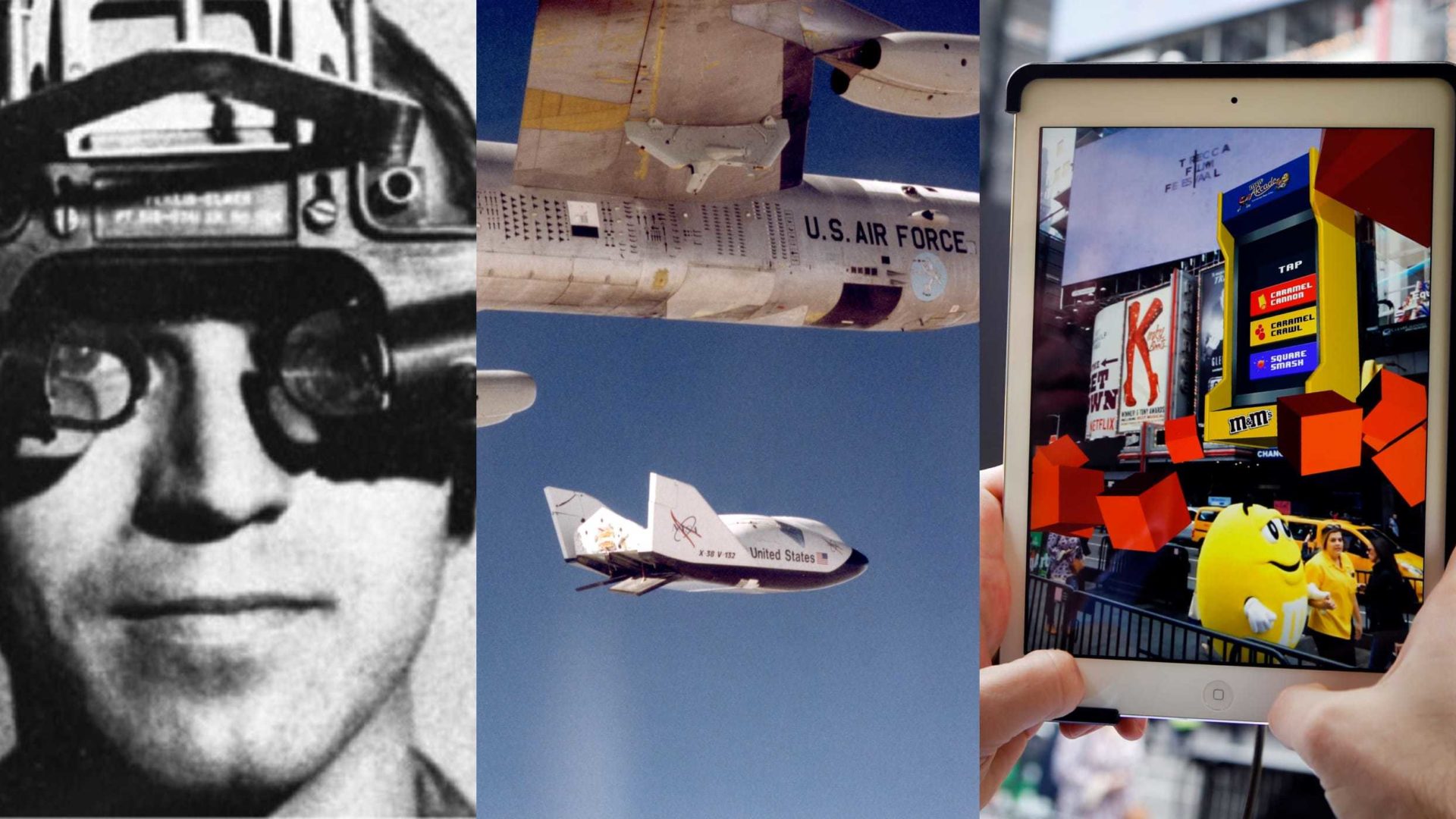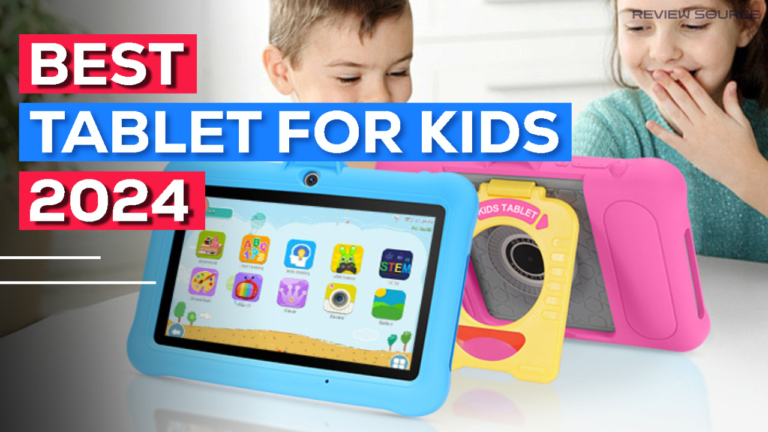Augmented Reality Technology: Time, Innovation, & Transformation Journey
In today’s digital age, technological advancements have revolutionized the way we interact with the world around us. One such innovation that has gained significant attention is Augmented Reality technology. AR technology seamlessly blends virtual elements with the real world, enhancing our perception and providing immersive experiences.
AR technology has become increasingly popular in recent years, with applications ranging from entertainment and gaming to education and healthcare. It offers endless possibilities and has the potential to transform various industries. In this article, we will take a journey through time to understand the evolution of AR technology, explore its basic principles, examine its different types, delve into its applications across industries, discuss its impact on user experience, and speculate on its future.
Table of Contents
Exploration of Augmented Reality Technology
What is AR Technology (AR Smart Glasses)

Augmented reality (AR) technology, also known as AR Smart Glasses, is a cutting-edge form of technology that allows for the integration of digital elements into our real-world environment. It blurs the line between what is real and what is computer-generated by overlaying virtual objects onto our physical surroundings. This immersive experience provides users with an enhanced view of their surroundings while also allowing them to interact with digital content naturally and intuitively.
History of AR technology (AR Smart Glasses)

The concept of Augmented Reality can be traced back to the 1960s when Ivan Sutherland, a computer scientist, introduced the concept of a “head-mounted display” that could overlay computer-generated graphics onto the real world. However, it wasn’t until the 1990s that AR technology began to take shape with the development of the first commercial AR system called “Virtual Fixtures.” This system allowed users to manipulate virtual objects in a real-world environment.
Over the years, AR technology continued to evolve, and in 2009, the term “Augmented Reality” was coined by Tom Caudell, a researcher at Boeing. The widespread adoption of smartphones and the introduction of markerless AR technology further propelled its growth. Today, we see AR technology being used in various industries, from retail and advertising to architecture and manufacturing.
The Types of AR Technology (AR Smart Glasses)
- Marker-based AR
- Markerless AR
- Projection-based AR
- Wearable AR
AR technology can be classified into various types based on the devices and techniques used. The most common types of AR technology include marker-based AR, markerless AR, projection-based AR, and wearable AR.

Marker-based AR relies on physical markers or tags to trigger the display of virtual content. These markers act as reference points, allowing the AR system to accurately track and overlay virtual elements onto the real world. Markerless AR, on the other hand, uses computer vision algorithms to identify and track objects in the real world without the need for physical markers.
Projection-based AR projects virtual images onto real-world surfaces, creating interactive and dynamic experiences. This type of AR technology is often used in advertising, entertainment, and art installations. Wearable AR, such as AR smart glasses, provides a hands-free and immersive AR experience. These glasses overlay virtual content onto the user’s field of view, allowing for seamless interaction with the real world.
May You Like: Best AR Smart Glasses in 2024
The basic principles of AR technology
At its core, AR technology relies on three fundamental principles: tracking, registration, and visualization. Tracking involves accurately determining the position and orientation of the user’s device or the objects in the real world. This is achieved through various techniques, such as GPS, sensors, and computer vision.
Registration refers to the process of aligning virtual objects with the real world. It ensures that the virtual elements appear in the correct position and scale relative to the user’s environment. This is achieved through the use of algorithms that analyze the real-world scene and map it to the virtual content.
Visualization is the final step in the AR process. It involves rendering the virtual elements in real time and overlaying them onto the user’s view of the real world. This can be done through the user’s device, such as a smartphone or AR glasses, which display the virtual content in a way that seamlessly integrates with the real environment.
How AR technology has evolved over the years
Since its inception, AR technology has come a long way. Initially, it was limited to bulky and expensive hardware, making it accessible only to a few industries. However, advancements in technology have made AR more lightweight, affordable, and widely available.
The introduction of markerless AR technology was a significant breakthrough. It eliminated the need for physical markers or tags, allowing virtual content to be overlaid on any surface. This opened up new possibilities for AR applications, such as interactive gaming, real-time navigation, and virtual try-on experiences.
Furthermore, the advent of smartphones brought AR technology into the hands of millions of people worldwide. With the proliferation of AR-enabled apps, users could easily access AR experiences on their mobile devices, making it a mainstream technology.
The applications of AR technology in various industries
AR technology has found its application across a wide range of industries, transforming the way we work, learn, and play. In the retail industry, AR is being used to enhance the shopping experience by allowing customers to virtually try on clothes, visualize furniture in their homes, and explore products in 3D.
In the healthcare sector, AR technology is revolutionizing medical training, surgical planning, and patient care. Surgeons can use AR to visualize patient anatomy in real-time during surgeries, leading to improved precision and better patient outcomes. AR is also being used to assist individuals with visual impairments by providing real-time audio feedback and guidance.
The architecture and construction industry has embraced AR technology to visualize and present architectural designs. AR allows architects and clients to walk through virtual buildings, making it easier to identify design flaws and make informed decisions. In education, AR is being used to create interactive and immersive learning experiences, enabling students to explore complex concepts more engagingly.
The impact of AR technology on user experience
One of the key advantages of AR technology is its ability to enhance user experiences by providing a seamless blend of virtual and real-world elements. AR can create interactive and immersive experiences that engage users on a deeper level. Whether it’s playing a virtual game that interacts with the real environment or trying on virtual clothes before making a purchase, AR technology adds a new dimension to user interactions.
AR technology also has the potential to improve productivity and efficiency in various industries. For example, in manufacturing, AR can provide real-time instructions and guidance to workers, reducing errors and improving workflow. In retail, AR can personalize the shopping experience by recommending products based on user preferences and providing real-time information about products.
The future of AR technology
As technology continues to advance, the future of AR technology looks promising. We can expect to see more compact and lightweight AR devices, such as AR smart glasses, becoming mainstream. These glasses will provide a more immersive and hands-free AR experience, enabling users to seamlessly interact with virtual content in their everyday lives.
Furthermore, advancements in AI and computer vision will enhance the capabilities of AR technology. We can expect more accurate object recognition, improved tracking, and better registration of virtual content with the real world. This will open up new possibilities for AR applications across industries, from healthcare and education to entertainment and remote collaboration.
Challenges and limitations of AR technology
While AR technology holds immense potential, it also faces several challenges and limitations. One of the main challenges is the need for robust and reliable tracking and registration techniques. Accurate tracking is crucial for seamless integration of virtual content with the real world, and any inaccuracies can result in a poor user experience.
Another challenge is the development of user-friendly interfaces and controls. AR experiences should be intuitive and easy to navigate to ensure widespread adoption. Additionally, privacy and security concerns need to be addressed to protect user data and prevent unauthorized access to AR systems.
Conclusion
In conclusion, Augmented Reality (AR) technology has come a long way since its inception. From its humble beginnings to its current state, AR has transformed various industries and continues to push the boundaries of what is possible. With advancements in technology, we can expect AR to become more accessible, immersive, and integrated into our everyday lives.
Whether it’s exploring virtual worlds, enhancing learning experiences, or improving productivity in the workplace, AR technology has the potential to revolutionize the way we interact with the world. As we look to the future, the possibilities for AR technology are endless, and we are only scratching the surface of its transformative capabilities.
So, join the journey and explore the world of Augmented Reality. Put on your AR smart glasses and immerse yourself in a world where virtual and real elements seamlessly coexist. The future is here, and it’s augmented.








One Comment